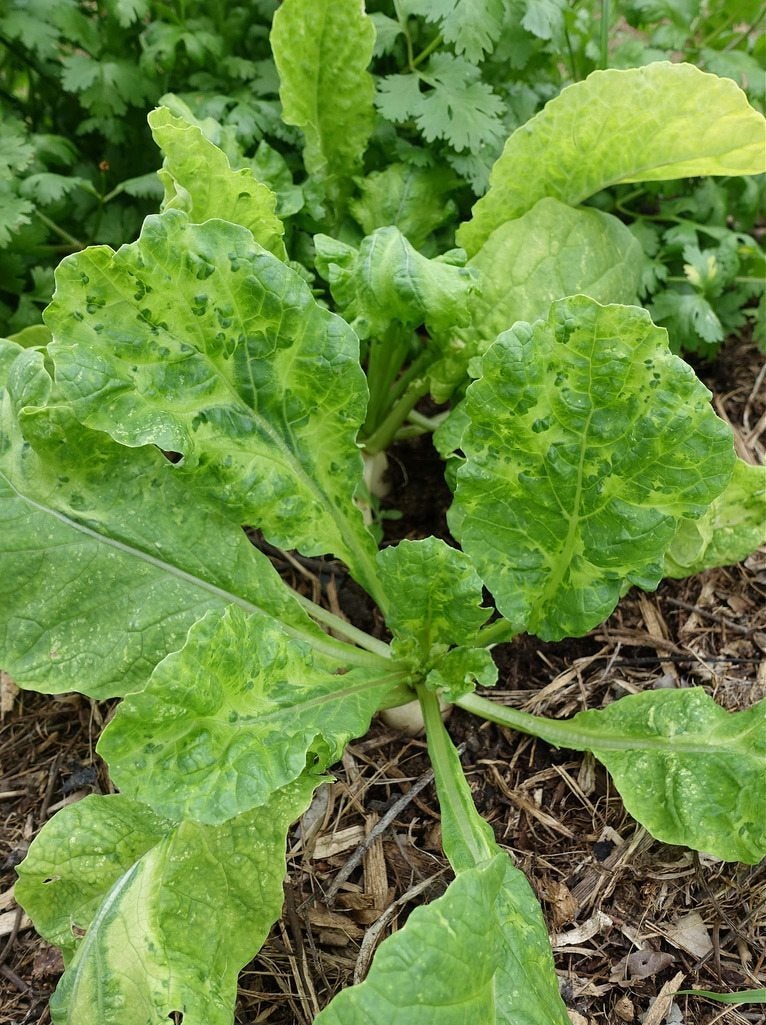Turnip Mosaic Virus – Learn About Mosaic Virus Of Turnips

Mosaic virus infects most cruciferous plants including Chinese cabbage, mustard, radish, and turnip. Mosaic virus in turnips is considered to be one of the most widespread and detrimental virus infecting the crop. How is mosaic virus of turnip transmitted? What are the symptoms of turnips with mosaic virus and how can turnip mosaic virus be controlled?
Symptoms of Turnip Mosaic Virus
The onset of mosaic virus in turnips presents as chlorotic ring spots on young turnip leaves. As the leaf ages, the leaf spots morph into a light and dark green mosaic mottling in the leaves of the plant. On a turnip with mosaic virus, these lesions become necrotic and generally occur near the leaf veins. The entire plant may become stunted and distorted and yields are reduced. Infected turnip plants tend to flower early. Heat resistant cultivars are most susceptible to mosaic virus of turnips.
Control of Turnip Mosaic Virus
The disease is not seed borne and is transmitted by several species of aphids, primarily the green peach aphid (Myzus persicae) and cabbage aphid (Brevicoryne brassicae). Aphids transmit the disease from other diseased plants and weeds to healthy plants. Mosaic virus is not seed borne in any species, so the more common viral source is mustard-type weeds such as pennycress and shepherd’s purse. These weeds overwinter and harbor both the virus and aphids. To combat mosaic virus of turnips, these herbaceous weeds need to be eradicated prior to planting. Insecticides do not act quickly enough to kill an aphid population before they transmit the virus. They do, however, reduce the aphid population and, thus, the rate of the virus spread. Resistant cultivars are continuing to be evaluated, but at this writing there are no reliably resistant cultivars. Those holding the most promise tend to be heat intolerant. Practice excellent field sanitation to reduce the transmission of the disease. Remove and destroy or till under any plant detritus at the end of the growing season. Remove any diseased plants immediately upon detection of the disease. Destroy volunteer mustard and turnip plants.
Sign up for the Gardening Know How newsletter today and receive a free copy of our e-book "How to Grow Delicious Tomatoes".

Amy Grant has been gardening for 30 years and writing for 15. A professional chef and caterer, Amy's area of expertise is culinary gardening.
